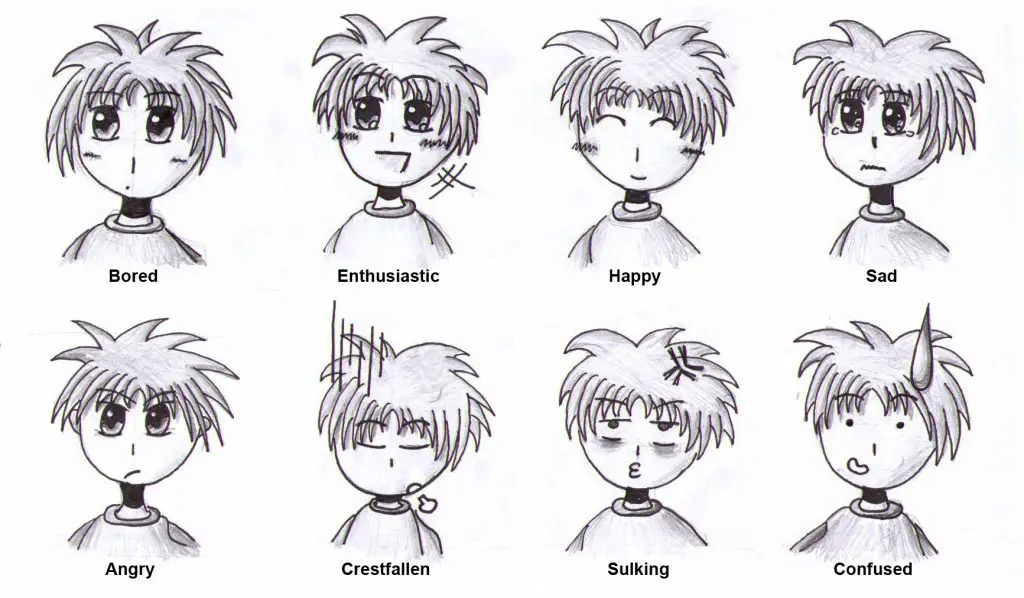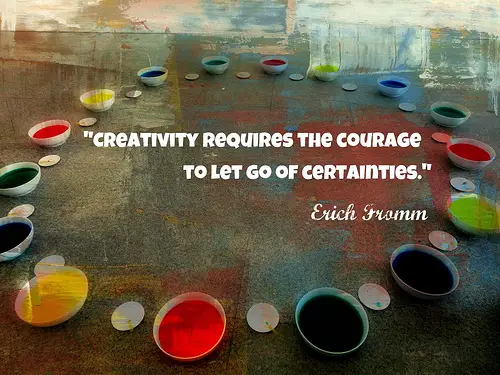A presentation is a process of giving information that you have to your audience. It is not just required for some professions; you need it every day, while doing everything. It’s just that a number of the audience might vary.
But how can we make sure to give presentations properly without creating confusions? This is where we require presentation skills.
Fear and anxiety come with the idea of presentation for many. Balancing between overdoing or under-doing might be nerve-racking. A lot of things are involved – influencing the audience, gesturing to explain, not humiliating oneself in front of the audience and if possible, getting admiration.
Doing all this might seem a tough call. But, with these simple tips on presentation, your confidence level and presentation skills are bound to captivate and motivate.

How to Dress (Be Presentable)
Look great and feel great.
First impressions increase the chance of the audience attention to be better, as people size you up before you speak. You just get 90 seconds for creating the first impression. And that time will mostly consist of the way the audience sees you. It shows your ethos (credibility) which is one of the pillars of persuasion.
When you are presentable, people get fewer reasons to judge and will take you seriously. You gain confidence to present since you aren’t distracted or embarrassed.
You should always try to dress for the occasion, which creates an impression on all. If you dress bad, people will think you do not care about the presentation.
Good dress-up increases positivity. Dress according to your personal and social values. According to a study, 55% of people’s evaluation of a person is on the basis of language and appearance.
A few tips:
- Wear clean, formal and ironed clothes. Dress like a boss and present like one too.
- To be safe, be conservative and professional. Don’t be too casual.
- Designer clothes aren’t always classy.
- Do not put many things in your pocket. It will make you nervous and distracted.
- Use less bright colored clothing and patterns. Don’t distract your audience with your clothes from yourself and your presentation.
- Wearing a light colored shirt under a dark colored suit takes the attention to your face.
- Anything red near your face also does the same.
- Do not wear clothes with long sleeves.
- Have formal and clean shoes. It is better if it is of dark colors, just the right fit for you and simple design.
- Dress simple but not boring, be creative.
- Don’t wear too much make-up, it destroys your authenticity.
- Dress according to the company you represent and occasion.
- Wear clothes that aren’t too tight and which allows movements.
- Also be comfortable in what you wear
- Have a hairstyle or beard to match your overall personality and presentation.
- But, if you really want to get all the attention, don’t follow conventional rules. Be different and create themes.
- And yes, don’t forget to wear a smile.
What you speak must overpower what you wear as soon as you start your presentation.

Move Around
Choose lapel mic over fixed mic if possible, which won’t be if there is a podium. Move freely while presenting, it increases confidence. It also increases the interaction with all the people in the audience. Own the stage and play your part, as being energetic encourages the audience to listen.
You feel caged if you have to stay in the same place for a long time. It triggers the fight or flight instinct of humans creating panic and anxiety.
Body Language does Matter
Keeping your arms and hands near your own body looks uncomfortable and anxious. Don’t inhibit on using hand movements and gestures like facial expressions. Do not plan your gestures beforehand but try not to be stiff or fidgety.
People connect with you if they think you are talking to them personally and you are like them. Try to avoid gestures like crossing your arms, playing with your clothes, etc. as they are negative gestures. You will develop a habit of using good body language in no time.
Be in Control, You are the Expert
Why are you the presenter? Because you know something others don’t. You are the one who knows the most about the topic among all the people present. Trust yourself and your knowledge on the subject.
But do not act like you know everything and use big words. Speak to the knowledge of your audience. That way, you develop stage presence.
Make Mistakes, Be Vulnerable
A presentation should be about the topic of presentation and not the presenter. It is not about you. So, don’t be a narcissist.
Your audience will not remember your mistakes but the knowledge you provide to them and what you give them. Don’t be afraid to make mistakes and show your weaknesses. Be vulnerable to take risks, it makes you seem human. Get personal with the audience as personal feelings create human connections.
Know and Engage Your Audience
Engage your audience in all the stages of the presentation. You can use various tools like asking questions, quizzes, pictures, etc. You can also conduct group activities and games.
When people are themselves involved, they get interested even if to not make a fool by others. If the learning environment is friendly, people will ask questions and take the presentation to be creative.
Work with Emotions

Make your audience feel happiness, anger, sorrow, anxiety, fear, disgust, trust, wonder, etc. Make your audience laugh and cry with you. You can even give descriptions to make people imagine sensations.
Do not read out your slides made up of headers, structures, facts, data, events and bullets. Make your narrative of stories beautiful and captivating. Along with this, you can provide logic, facts and emotions. It not only gives them knowledge but pushes them to act.
But, don’t talk about yourself more so that people think of you as self-centered.
Short and Simple (Less is More)
Presentations should always be short and to the point. Know the stories, anecdotes and examples in the preparation phase. All of the things must relate directly to the main topic. Don’t try to expand the subtopics more than necessary. Don’t over-complicate the presentation with big words, flashy slides, etc.
The listening and concentration span of people is only about 20 minutes. If you have to present more than that give them short breaks in between.
Problem Statement
At the beginning of any presentation, you must state a problem statement. If there is none, there is no story and solution. So, all presentation slides, stories and examples must revolve around the problem statement.
You should try to give your findings during the middle of the presentation. The audience must get the solution to the problem, stated at the beginning, by the end of the presentation.
Use Pictures and Formats (Get Creative)

Use your creativity to the optimum. Don’t include many things but keep it simple yet creative. Avoid using words in presentations as much as possible.
Words are not for looking but hearing. Work around a theme of a story. Have an intriguing ending so that people take something home, even after the presentation has ended.
Use beautiful or funny images. You can also use charts, pamphlets, leaflets and graphs and include case studies. Use fonts, layouts and colors.
Additional Killer Ways to Pitch in Your Ideas
- Gamification of presentation to show your idea
- Use new techniques like twitter friendly topics and hashtags
- Reinforce your ideas with videos and examples
- Try alternatives to PowerPoint like Prezi and SlideRocket
- Collect ideas from the audience
- Treat your audience like kids
- Don’t talk too much
- Give them souvenirs
- Engage all five senses of audience
- Use 10 20 30 presentation rule of Guy Kawasaki (Apple)
- Create a villain or enemy for your story
- Get all the backup information that you might need
- Put the bottom-line up front (BLUF) with no build-up or suspense
- Ask questions, especially “Why”
- Create a rhythm to what you say like in spoken word poetry
- Be relevant to the present times and gives examples relating to what people consider to be in the trend

Have fun presenting and don’t panic. Practice and make yourself confident enough. You can do this by learning new things that might not be in the presentation. You can also do it by learning to control your voice.
Don’t make your presentation like the ones you wouldn’t like to be an audience in. Make it the one you would enjoy if you were an audience.
